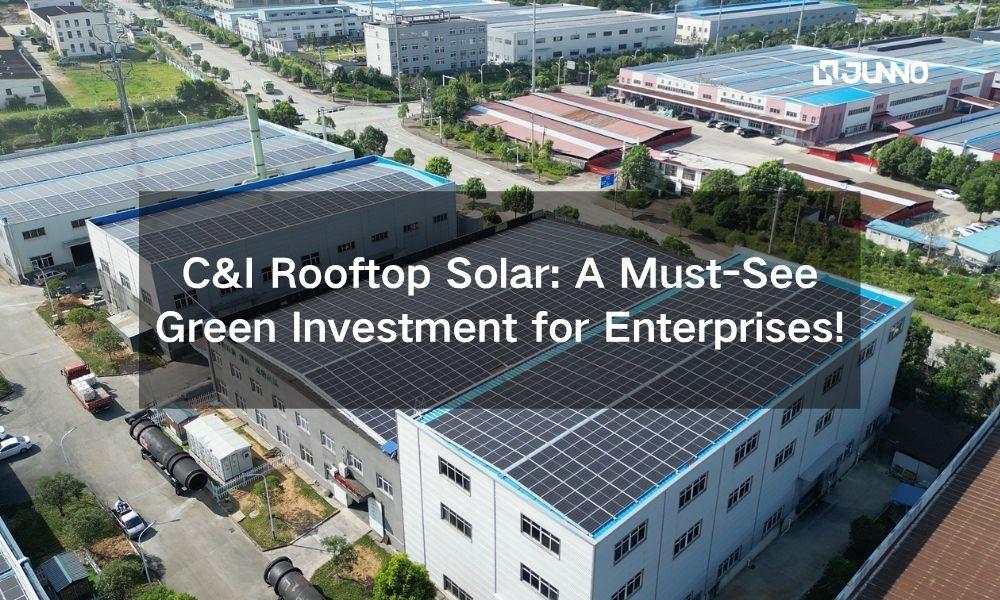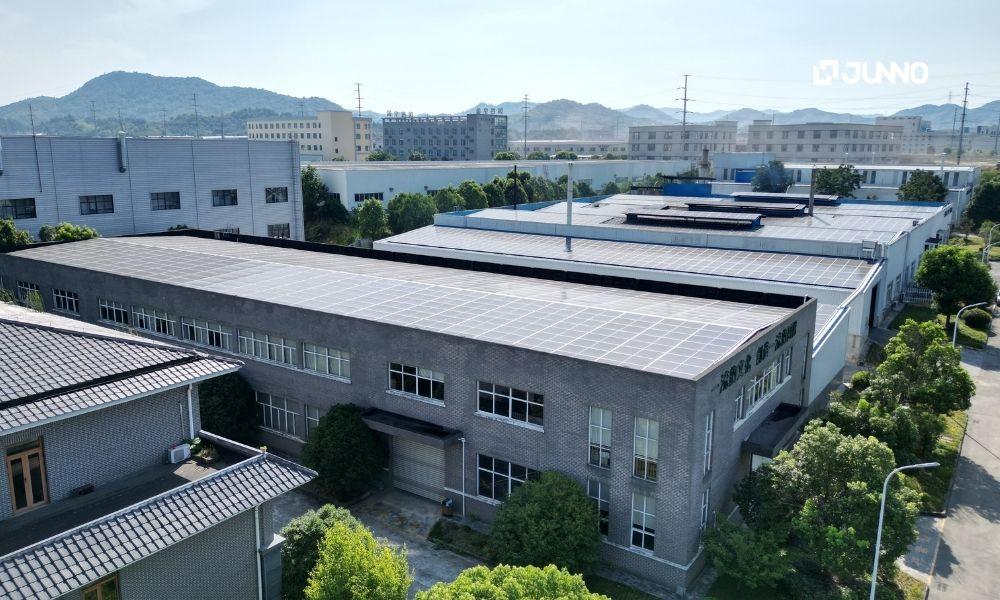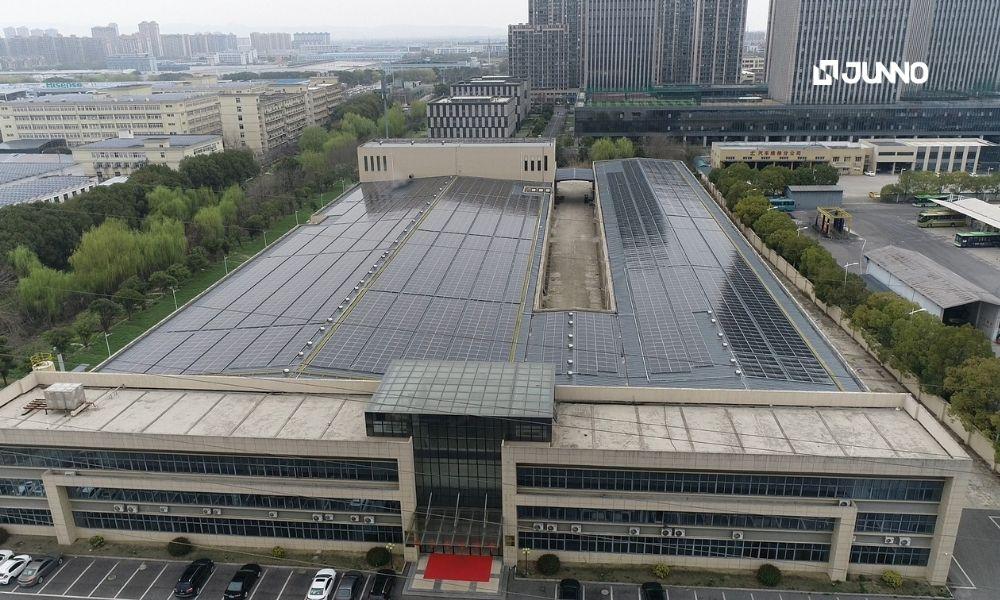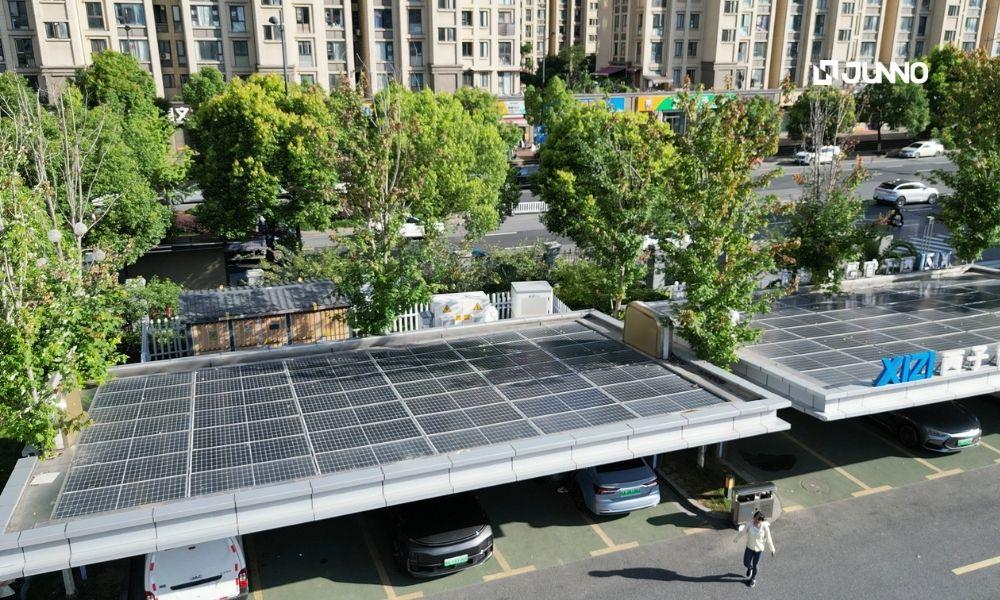C&I Rooftop Solar: A Must-See Green Investment for Enterprises!
Definition
Industrial and commercial rooftop solar systems are primarily deployed on factory buildings within industrial parks, science park rooftops, schools, hospitals, hotels, and similar premises. They operate under either a self-consumption with surplus feed-in or a full grid-connected model. Such installations not only significantly enhance local consumption capacity and alleviate pressure on the grid supply but also offset the grid electricity purchased by the property owner, thereby reducing electricity costs. Consequently, they are highly favoured by investors.

Key Benefits
Reducing electricity costs
Electricity tariffs for C&I enterprises are exceptionally high. By installing commercial and industrial solar systems, businesses can not only reduce their electricity costs but also benefit from national subsidies for solar power generation.
Lower Energy Consumption
Manufacturing enterprises consume vast amounts of energy, particularly during peak electricity usage periods. Many companies are now investing in solar systems, which offer low costs and relatively stable power generation.
Cooling & Insulation
C&I solar farm installations are prioritised for rooftop placement, where they can provide cooling benefits, particularly noticeable during summer months. Typically, this can reduce workshop temperatures by 3-6 degrees Celsius.

Investment Models
Self-Investment by Enterprise
The business owner invests in and installs a distributed PV system on their own roof.
- Features: Self-funded construction and operation; full ownership of the system and all power generation revenue (ROI rises with higher self-consumption).
- Suitable scenarios: Enterprises with ample capital, high electricity consumption, and favourable rooftop conditions (such as high-energy-consumption factories).
- Advantages: High long-term returns, strong energy sovereignty.
- Challenges: Substantial initial investment required, with operational responsibilities and technical risks to be borne.
Third-Party Investment
Roof-mounted solar projects are funded by investors, with businesses benefiting from discounted electricity rates.
- Features: Investors bear construction and operational costs, compensating property owners through electricity discounts or fixed rental payments.
- Suitable scenarios: Enterprises with abundant roof space but no inclination to invest in PV systems.
- Revenue sharing: Investors share profits with owners after covering costs from electricity sales.
- Advantages: Zero investment for owners with immediate cost reductions; investors secure long-term, stable cash flow.

Innovative Solutions
Lightweight Solar Panels
- Features: Designed for older industrial buildings with load-bearing constraints, employing lightweight components for reinforcement-free installation.
- Advantages: Overcoming limitations in traditional industrial settings to expand the boundaries of solar applications.
Smart Microgrid
- Characteristics: The close integration of solar power, energy storage, and charging facilities enables efficient energy use and optimized distribution.
- Advantages: Characterized by straightforward construction, fast response, and cost-effectiveness.
